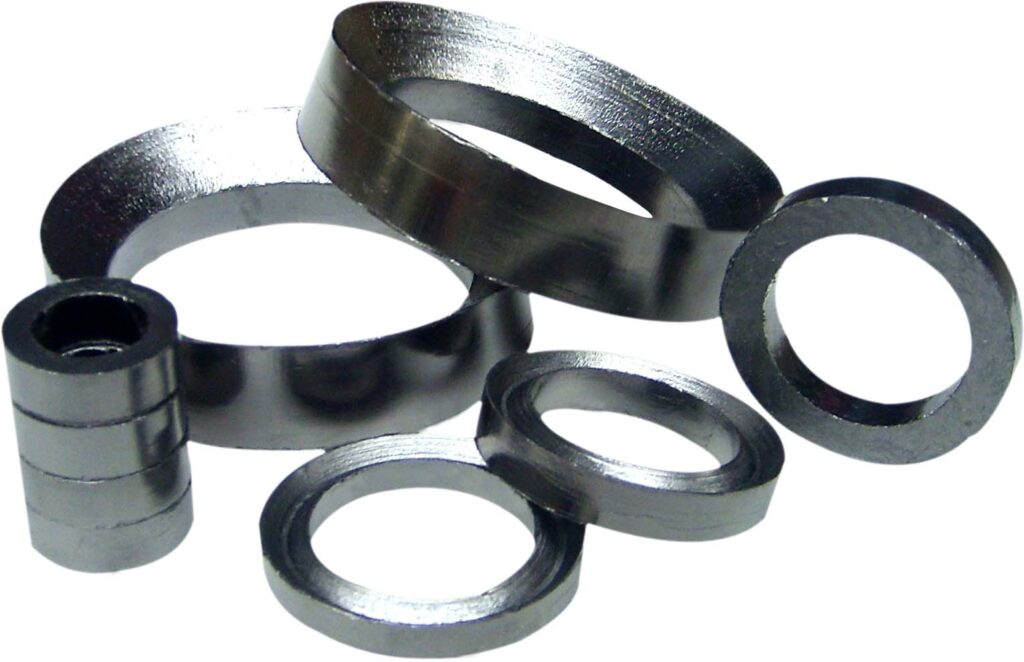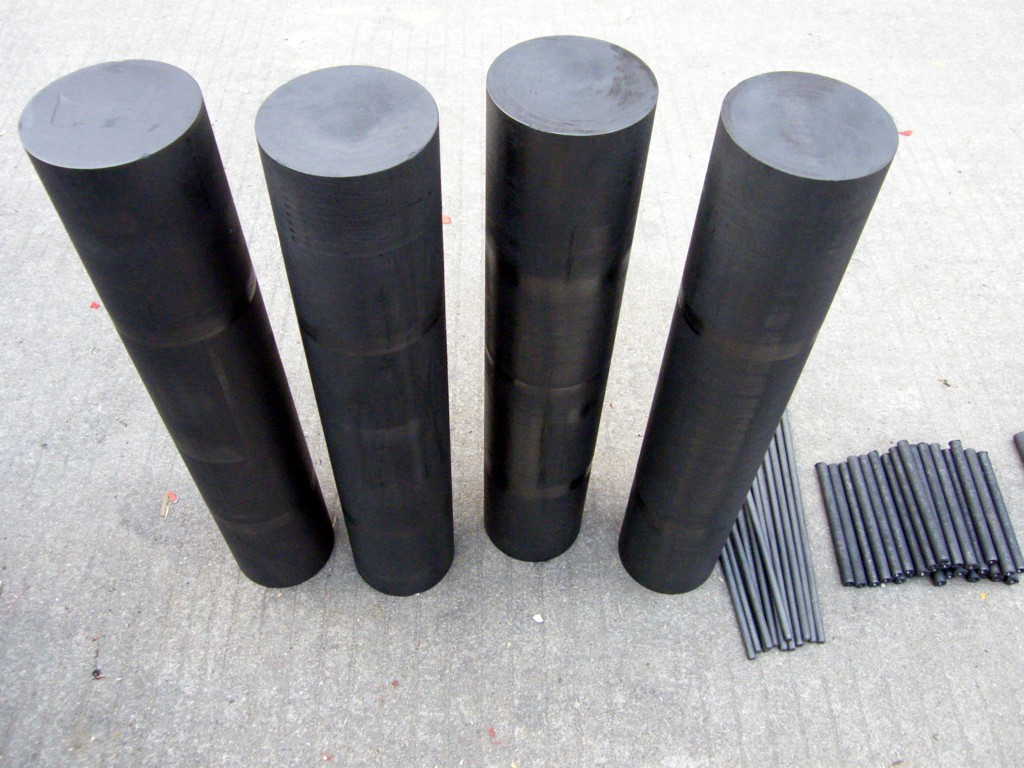Graphite crucibles are indispensable in various metalworking processes, renowned for their exceptional high-temperature resistance, thermal conductivity, and chemical inertness. These properties make them a preferred choice for melting a wide range of metals. If you’re wondering which metals can be melted in a graphite crucible, this article will provide you with a comprehensive guide.
Common metals suitable for melting in a graphite crucible
Copper
Copper is one of the most commonly melted metals using a graphite crucible. With a melting point of approximately 1083°C, copper can be easily melted in a graphite crucible. The graphite crucible can withstand the high temperature required for copper melting, and during the melting process, copper has minimal reaction with graphite, ensuring the purity of the molten copper. This makes the graphite crucible an ideal choice for copper melting in both industrial production and small-scale metalworking.
Aluminum
Aluminum, with a melting point of around 660°C, is another metal that works well with a graphite crucible. Its relatively low melting point means that a graphite crucible, which can handle much higher temperatures, is more than capable of accommodating the melting process. The chemical stability of the graphite crucible ensures that aluminum does not react significantly with it, making the melting of aluminum in a graphite crucible efficient and reliable.
Gold
Gold, a precious metal with a melting point of about 1064°C, is often melted in graphite crucibles. The graphite crucible’s ability to maintain its structural integrity at such temperatures, along with its non-reactive nature with gold, ensures that the gold remains pure during the melting process. This is crucial in jewelry making and gold refining, where purity is of utmost importance.
Silver
Silver has a melting point of approximately 961°C, which is well within the tolerance range of a graphite crucible. Similar to gold, silver does not react with graphite, making the graphite crucible a perfect container for melting silver. Whether in small-scale jewelry production or larger industrial applications, the graphite crucible proves to be a valuable tool for silver melting.
Alloys that can be melted in a graphite crucible
Brass
Brass, an alloy of copper and zinc, has a melting point ranging from 900°C to 940°C. It is commonly melted in graphite crucibles due to the compatibility of its components with graphite. The graphite crucible’s thermal properties allow for even heating, ensuring a uniform melt of brass.
Bronze
Bronze, typically an alloy of copper and tin, has a melting point around 950°C. Graphite crucibles are suitable for melting bronze as they can withstand the required temperature and do not react with the alloy’s components, ensuring the quality of the molten bronze.
Metals not suitable for melting in a graphite crucible
Some highly reactive metals, such as titanium and zirconium, are not suitable for melting in graphite crucibles. At high temperatures, these metals can react with graphite to form carbides, which can contaminate the molten metal and damage the crucible.
In conclusion, graphite crucibles are versatile tools that can effectively melt a variety of metals and alloys, including copper, aluminum, gold, silver, brass, and bronze. Their unique properties make them a reliable choice in many metalworking applications. When selecting a graphite crucible for your melting needs, it’s important to consider the specific metal or alloy being melted to ensure optimal results.


